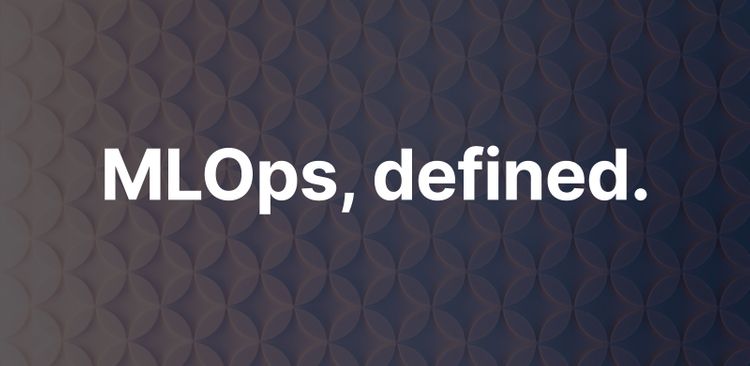A question we often get is how are we different than Citrix? There are two primary differences:
(In this article, we'll use Citrix as the example but the same is true for all traditional VDI providers).
Access
VDI providers sell software—they don't sell you a machine. Getting servers racked, virtualized and managed by a specialized IT team are prerequisites to leveraging virtual desktops today. It is an incredibly costly and complex system to configure and manage and thus out of reach for most companies without large IT teams/budgets. With the advent of pervasive bandwidth and the public cloud, it is finally possible for VDI to move away from the on-prem model where companies are forced to manage their own servers.
Paperspace is moving VDI to the cloud where it belongs. All of the inherent complexity is wrapped in a simple layer, allowing anyone to benefit from virtual desktops.
We like to use the analogy of the various file syncing technologies available before Dropbox, Box and Drive. At the time, this technology was so complex that it was only available to companies with sophisticated IT departments. Moving it to the public cloud and putting everything behind an intuitive interface opened-up the technology to a much broader audience.
In short, VDI has only been available to Fortune 500 companies with massive IT budgets. With Paperspace, that same technology is available to everyone.
Technology
-
GPUs: We're leveraging cloud-gaming technology to deliver a more performant desktop (a GPU accelerated OS experience) and a faster stream (GPUs can encode much faster than CPUs). We're able to stream at much greater distances and simultaneously allow graphic intensive applications like 3D CAD, Photoshop etc. in a virtual desktop for the first time. Why does this matter? Given the current limitations of non-GPU accelerated VDI, the technology is unavailable to entire industries such as engineering, architecture, design and animation.
-
Streaming: Just having access to a GPU is not enough. The protocol itself must be able to adapt to variable network conditions in real-time and simultaneously be optimized for any endpoint. We are working on some really interesting stuff with the protocol layer to account for low-end devices, packet loss, high latency connections etc. This includes things like our jitter buffer and dynamic bitrate adjustment. To give an example, we learned from the video game industry that latency jitter is perceptually more disruptive to the human eye than latency itself. Accounting for this allows us to reach much higher latency numbers (even up to 100ms) without the user perceiving lag.
-
Web: Paperspace is a "web first" technology. Most virtual desktop offerings require clunky client applications for every platform. We're getting near-native performance directly in a web browser which leads to a much more frictionless/fluid experience for the end-user and allows us to uniquely benefit from the BYOD initiatives happening in most enterprises.







